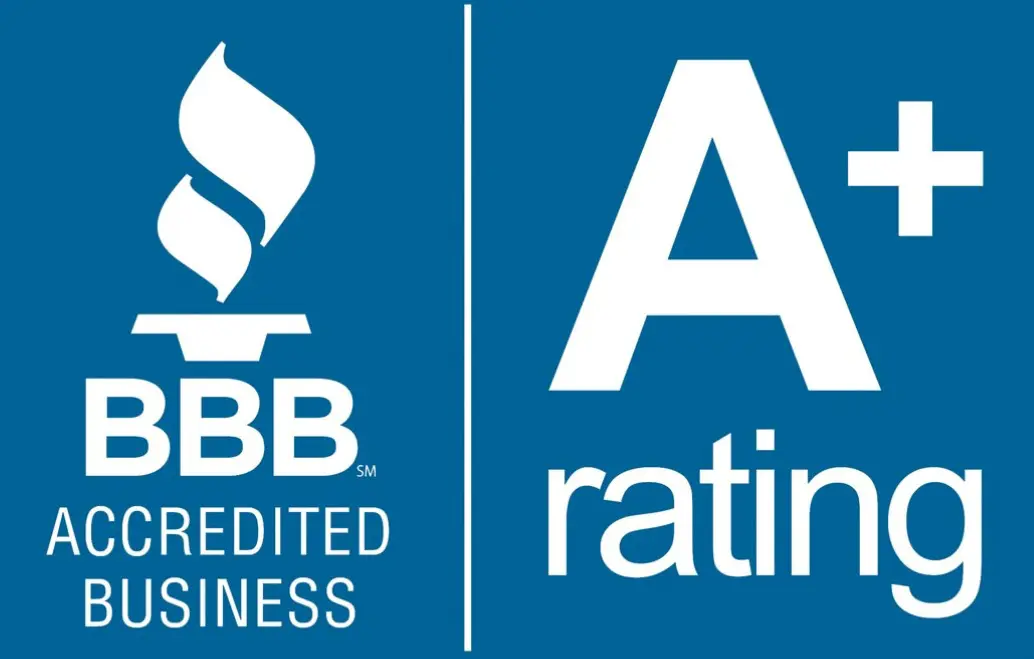“3 Years of Experience or Bachelor’s Degree Required”: Are We Creating Our Own Talent Shortage?

If you are in Talent Acquisition or HR, you’ve seen this job posting a thousand times. It’s for an “entry-level” position, yet the requirements are two, three or even 5 years’ experience or requires a bachelor’s degree. It is truly a paradox that defines the current talent market: companies are desperate for talent and skilled workers, yet they refuse to be the ones to provide the experience those workers need to get started!
A recent Deloitte report on Global Human Capital Trends digs into this issue, labeling it the “experience gap.” But is this gap a new phenomenon, or is it a self-inflicted wound that leaders are finally being forced to acknowledge?
In this blog, we will break down this thorny issue, exploring how we can move from demanding experience and degrees to actively creating it or reimagining the talent pool and expectations.
The Flaw in the “Years of Experience”, “Industry Experience” or Degree Metric
For decades, “___ years of experience”, “industry experience” or “bachelor’s degree” has been the go-to proxy for competence in entry level roles. Additionally, for those that are looking to change careers or move to a different industry, they face the experience requirement in “X” industry. Both issues impact the hiring of talent.
The assumption was simple: time spent in a role, industry, or college equals wisdom gained. But as Deloitte’s research points out, this is a fundamentally flawed and outdated metric in today’s rapidly changing work environment.
What do we really want when we ask for specific experience, degree, or background requirements? I’ve asked countless hiring managers this question and had a multitude of responses. Most of which were not related to an entry level role or were narrowly focused on someone from a specific industry. Hiring Managers are looking for experience yet want to pay an entry level or lower salary/wage [compensation is a topic for another day] for their roles. Neither are conducive to filling positions timely. Additionally, this causes many college graduates as well as those changing industries to be “underemployed”.
We’re not just looking for someone who has performed a set of tasks. We’re also looking for:
- Judgment: The ability to make smart decisions in unfamiliar situations.
- Adaptability: The capacity to apply skills in new and shifting contexts.
- Human Capabilities: Enduring skills like curiosity, critical thinking, and emotional intelligence.
Simply put, we’re looking for someone who has developed the mental framework to navigate complexity. The problem? Our current hiring practices, often driven by requirements [determined by Hiring Managers] or algorithms that filter for years of experience, specific industry, or degrees on a resume, are actively screening out the very people who have the potential to develop or demonstrate these traits.
Why It’s Harder Than Ever to Get Started or Change Careers
The Deloitte report correctly identifies several forces that are eroding the traditional pathways to gaining experience:
- The Disappearance of the True Entry-Level Job: Automation and AI are increasingly handling the routine, predictable tasks that once formed the basis of entry-level work. The work that remains is more complex and exception-based.
- The Erosion of Internships & Apprenticeship: Economic pressures are forcing companies to provide less opportunities of the classic internship/apprenticeship model (learning by observing and absorbing knowledge from senior colleagues).
- Lean, Flat Organizations: The push for efficiency has eliminated many of the middle-management and stepping-stone roles that once allowed employees to grow and gain experience incrementally.
This has created a chasm: workers can’t get a job without experience, and they can’t get experience without a job!
Changing Careers is difficult. Companies are reluctant to “take a chance” on a potential employee due to the limiting factors such as economic pressures and lean organizations.
I once made a career change from leading recruiting teams in the retail sector to the healthcare sector. I heard multiple times from HR leaders and Hiring Managers that I had no experience in healthcare. While that was true, I had 20 years recruiting experience and 10 years leading large teams. Someone finally “took a chance” on me and our team was able to meet and exceed our hiring goals. I will admit there were nuances to learning for the industry, but nothing an adaptable person with a curious mind and good judgement could not overcome.

The mindset of senior leadership or a hiring manager is difficult to change.
Refuting the Status Quo: It’s Time to Build, Reimagine the Talent Pool, and Not Just Buy
While the problem is well-defined, the solution requires a fundamental shift in mindset. For too long, companies have tried to “buy” experience on the open market. In 2025, the winning strategy is to build internal opportunities to develop entry level employees and expand their views on external talent pools for experienced hires.
1.) Reimagine Work as a Training Ground
Instead of automating every simple task, leaders should ask: “What tasks can we assign to junior employees that will help them practice judgment?”
- For example, an AI tool can synthesize data, but the junior employee can be tasked with interpreting that data and presenting their conclusions.
- We also need to create space for leaders and managers to allocate time and resources to new hires which will get them up to speed faster.
2.) Design for Mentorship:
For entry level roles mentorship must be intentional. This means creating structured programs that pair novices with experts.
- As Deloitte’s research notes, companies like BMW have found that these mixed-experience teams actually outperform homogenous ones, as they combine fresh perspectives with seasoned wisdom.
For external hires from outside of industry, it is critical to partner experienced hires with mentors or leaders to help them learn and navigate the nuances.
- Companies benefit from having “fresh eyes” evaluating and solving problems. Again diverse/mixed experience teams outperform homogenous ones.
3.) Move Beyond Years of Experience, Degrees, and Resumes:
Forward thinking companies are already leading the way by removing degrees or years of experience requirements.
- Unpack the experience and degree issues to determine the competencies necessary for the position – essentially sorting out the must have’s and the like-to-have’s.
- This opens up the talent pool to capable, curious individuals who may have been overlooked by traditional screening methods.
I knew a very talented HR Leader that wasn’t being considered for senior positions because they had not completed their degree. They were promoted early on in their career while attending college and continued to grow internally. A recruiter convinced a c-suite client with a position that had a degree requirement to at least meet the person. The rest is history.
A Nuanced Approach = Better Results!
The “experience gap” isn’t a problem that workers or even universities can solve on their own. Rather, it’s a strategic challenge that businesses must own.
The organizations that thrive in the coming years will be the ones that stop dreading the talent shortage and start actively creating the experienced, adaptable workforce they need as well as expanding their vision to consider alternative backgrounds with matching skill sets.
They will be the ones that invest in potential, cultivate judgment, and turn their workplace into an engine of experience!
Tom brings extensive expertise in talent acquisition, with a background spanning both Corporate Human Resources and Executive Search. His experience includes leadership roles within the retail and healthcare industries, where he has managed Talent Acquisition teams across the U.S. and Canada. With this breadth of experience, Tom offers a unique perspective in helping organizations define job parameters, identify talent pools, and align hiring strategies with business objectives. Cisso Bean & Dutch, LLC wishes to thank Tom for being a part of our Guest Blogger Series! For more on Tom Jones visit his Linkedin profile here.

